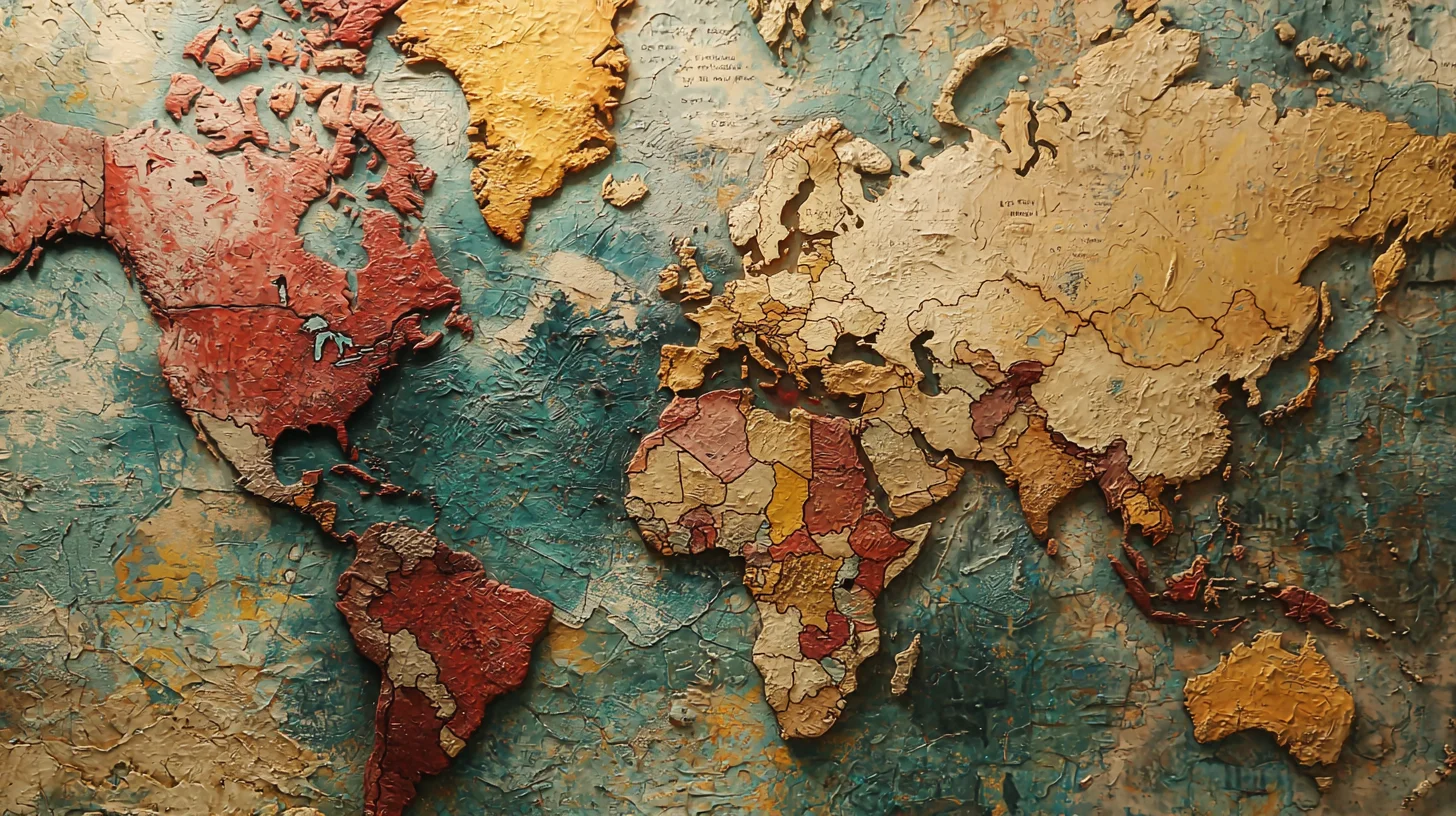25 March 2024
Daylight Saving Time Shifts the Clock Once More.

Press the play button in the top right corner to listen to the article
Daylight Saving Time (DST) prompts clocks to leap forward, heralding longer evenings and the whisper of spring. Originating during World War I, DST was initially implemented to conserve energy by making better use of daylight. Over a century later, this time-honored practice continues to adjust our schedules, albeit with varying enthusiasm across the globe.
The concept of DST was first proposed by George Vernon Hudson in 1895 but was officially adopted by Germany and its allies in 1916 to save coal during wartime. The idea spread, with countries adopting and then often abandoning the practice as wars ended and began again. Today, about 70 countries participate in DST, tweaking their clocks to extend daylight in the evenings.
The reasons for DST have evolved from its original energy-saving goals. Today, it's touted for promoting outdoor activity, reducing traffic accidents due to better visibility, and even boosting the economy by encouraging consumer spending in the evening hours. However, its effectiveness and benefits are subjects of ongoing debate.
Critics of DST point to the health risks associated with the abrupt change in time, including increased heart attack rates and disrupted sleep patterns. Furthermore, the energy savings once associated with DST are now questioned, as modern living and working patterns have drastically changed.
Navigating the complexities of Daylight Saving Time (DST) reveals a patchwork of policies and attitudes that differ markedly across the globe. The implementation of DST can serve as a mirror, reflecting a country's geographical, economic, and social peculiarities. From the northern reaches of Europe to the expanses of North America, the approach to time change is anything but uniform.
In Europe, the debate over DST is particularly animated. The European Union's consideration to abolish the biannual time change underscores a growing sentiment that the disruption caused by DST may outweigh its benefits. Should the proposal pass, it would mark a significant shift in how time is managed, compelling each member state to decide its own time policy. This potential change illuminates the broader question of uniformity versus autonomy within the EU, as nations weigh the merits of longer evenings against the biological toll of time adjustments.
Across the Atlantic, the United States grapples with its own DST dilemmas. The Sunshine Protection Act represents a push towards making DST permanent, eliminating the need for Americans to change their clocks twice a year. Proponents argue that this could lead to increased leisure activity, economic gains, and better mental health for many. However, the bill's stagnation in Congress highlights the complexities of enacting such a change nationwide, reflecting deep-seated divisions on the issue.
In contrast, countries like Russia and Japan have taken firm stances against DST. Russia abandoned it in 2014, citing health concerns, while Japan has never adopted DST, despite discussions about its potential benefits during the summer months. These decisions underscore the diverse ways in which countries prioritize the health and well-being of their citizens, economic considerations, and cultural attitudes towards time.
The future of DST remains a hotly contested issue, with scientific research, public opinion, and political will playing pivotal roles in its evolution. As nations continue to debate its merits, the global landscape of timekeeping may see significant changes, reflecting broader shifts in how societies value and manage time.
Understanding the global intricacies of DST offers a fascinating glimpse into the interplay between tradition, modernity, and the relentless march of time. As the world grows ever more connected, the conversation around DST is likely to continue, challenging us to reconsider our relationship with time itself.
The content, including articles, medical topics, and photographs, has been created exclusively using artificial intelligence (AI). While efforts are made for accuracy and relevance, we do not guarantee the completeness, timeliness, or validity of the content and assume no responsibility for any inaccuracies or omissions. Use of the content is at the user's own risk and is intended exclusively for informational purposes.
#botnews















































































